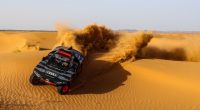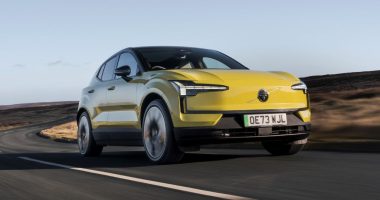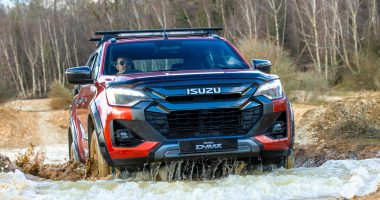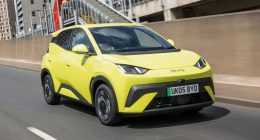Impressive fuel economy and wallet friendly emissions from a Sports Utility Vehicle that has very nearly 300bhp? If that seems too hard to believe then take a look at Vauxhall’s Grandland X Hybrid4 – the first electrified car it has co-developed since its acquisition by the PSA Group.
Table of Contents
VAUXHALL IS ADOPTING ELECTRIFICATION?
This is a watershed moment for Vauxhall. Until now, plug-in hybrids were not on the menu – but the Hybrid4 changes all of that. This is only the start, however, as a wave of part- and full-time electric cars wearing the Griffon badge are going to be launched once every six months between now and 2024, including the Corsa-e. To tap into the fleet and private markets with this compact crossover, Vauxhall is at pains to stress how its sporting credentials are potent enough to worry a Focus ST or a Civic Type R. In a straight line, anyway. Combining petrol and a battery pack you can reasonably expect to hold your own against each in the 0-60mph dash.
TELL ME HOW IT WORKS
Primary power is supplied by a 1.6-litre turbo petrol motor that is tuned to just shy of 200bhp. Sufficiently charged, whether via the engine or a mains supply, the onboard 13.2kWh lithium-ion battery brings the two electric motors into play. Combined, 296bhp is developed, with the sensation from the driving seat every bit as urgent as the raw numbers suggest. Flick on ‘Sport’ and you gather momentum in a zippy manner. There isn’t the soundtrack to equal the rate of acceleration but for such a heavy car it covers ground alarmingly quickly. Being four-wheel-drive and not two helps, of course. A second electric motor integrated into the rear axle is another USP and vastly improves handling on wet or meandering roads. And in the name of science, we took the Hybrid4 through ankle deep mud. The result? We could not get it stuck!
IS THE EV RANGE BIG?
In ‘Electric’ mode owners have a useful 35-mile range at speeds up to 84mph. Being a PHEV the Hybrid4 escapes inner city congestion charges.‘E-Save’ is a piece of software that enables owners to store 6-miles, 12-miles or a full battery whenever the need arises. Four hours at the wheel of the SUV through a mix of town and country terrain and the battery, having depleted its initial reserves, requires little time to reach 100% through a mix of regenerative braking and the two recuperation modes. Those who created the technology claim it can extend EV driving by 10%. Best of all, though, is how discreet and unobtrusive these are.
WHAT ABOUT CHARGING?
As standard, the German-built Hybrid4 has a 3.7kW onboard charger to suit most home and work situations. In these scenarios expect a charge period of four hours. The optional 7.4kW version shaves two hours off the time it takes to replenish the battery pack, which is secured under the rear bench. Nailing down an available public charging station is made simpler by delving into the ‘Intellilink’ infotainment system. The centre console’s 8-inch screen provides data on the current state of battery usage, energy recovery and the current power source. When it comes to what it costs based on current consumer prices, a full charge should set you back roughly £1.66. Vauxhall calculates running costs of 3p a mile versus 12p for a petrol car.
AND DRIVING IMPRESSIONS?
Favourable – to a point. SUVs, except a Porsche Cayenne or Jaguar F-Pace, have never been renowned for driver enjoyment yet the Hybrid4 is pleasantly decent. The electrically-assisted steering is direct and weighty, the 8-speed automatic has a knack of knowing exactly the right time to select a lower or higher ratio, and quick-fire directional changes do not unduly trouble the chassis that comprises MacPherson struts at the front and a rear multi-link configuration. Firm springs prop up the body to cut down on boat-like behaviour but the compromise is a washboard ride on our dilapidated roads. Even on perfectly maintained Tarmac roar from the 19-inch wheels is noticeable. Specially designed for the task in hand, the four-cylinder petrol engine has a surprisingly gruff note on cold start up. Once up to temperature things improve.
PROS & CONS
+ Quick self-charging time
+ Exploitable performance
+ As spacious as rival SUVs
– Cabin is ageing quickly
– Firm ride hurts comfort
– Tech comes at high price
HOME CHARGING: To incentivise people to swap over to a PHEV Vauxhall customers can take advantage of a reduced price for a Pod Point 7.0kW wall box. Factoring in the government’s OLEV grant the price drops to £299 with this including both equipment and installation costs. Away from home, customers can find the nearest Pod Point street charger via a phone app.

STYLING: The PHEV version of Vauxhall’s Grandland X is barely distinguishable from the petrol and diesel equivalents. Boot-lid lettering and discreet badging at the base of either front door are the only tell-tale signs while traditional fuel cap hides charging socket. There are four trim levels to choose from, with ‘Ultimate Nav’ topping the price list. 19-inch silver alloy wheels, a black roof and wing mirrors, adaptive LED lighting and tinted rear windows are all standard.

INTERIOR: As with the body styling the cabin in the Hybrid4 is untouched from combustion-powered versions of the family car. Quality is less pleasing as the cabin appears to have been made to a budget as only a few touch points are padded. Equipment cannot be faulted and includes an 8-inch touchscreen that shows vehicle date on top of a whole catalogue of safety and security features, from Advanced Park Assist to Automatic Emergency Braking.
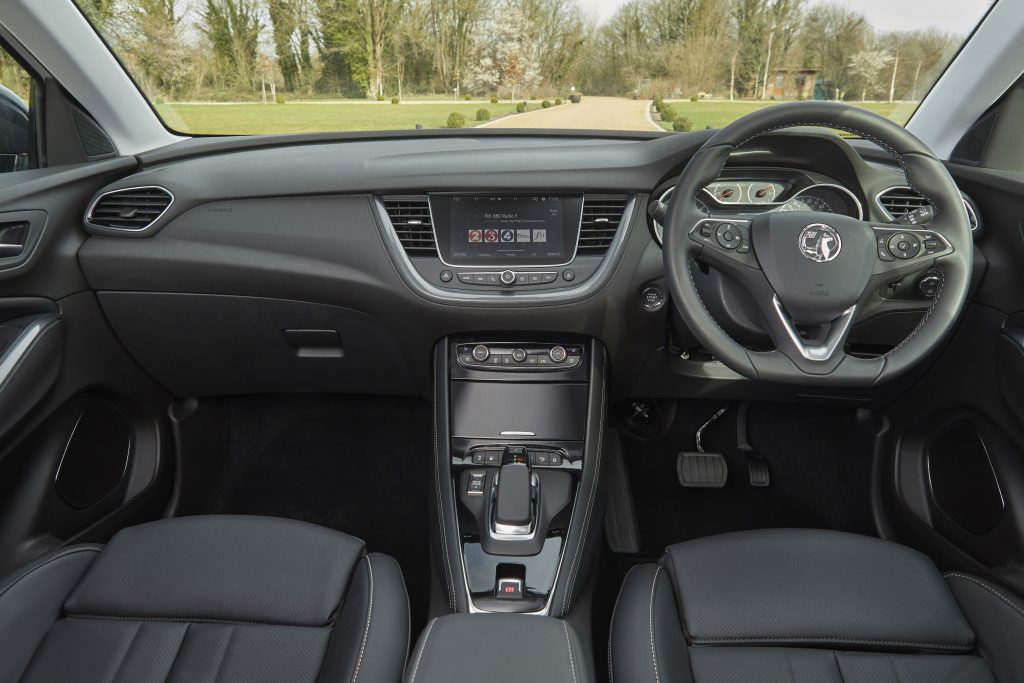
PRACTICALITY: Leg and headroom is not an issue in the back of the Hybrid4 but shallow side and rear windows do restrict light. Three-pin 230-volt socket and USB point built into the base of the centre column allow for smartphones and larger devices such as laptops to be charged on the move. Boot can swallow 390-litres when the back seats are in place and 1,528 if folded.
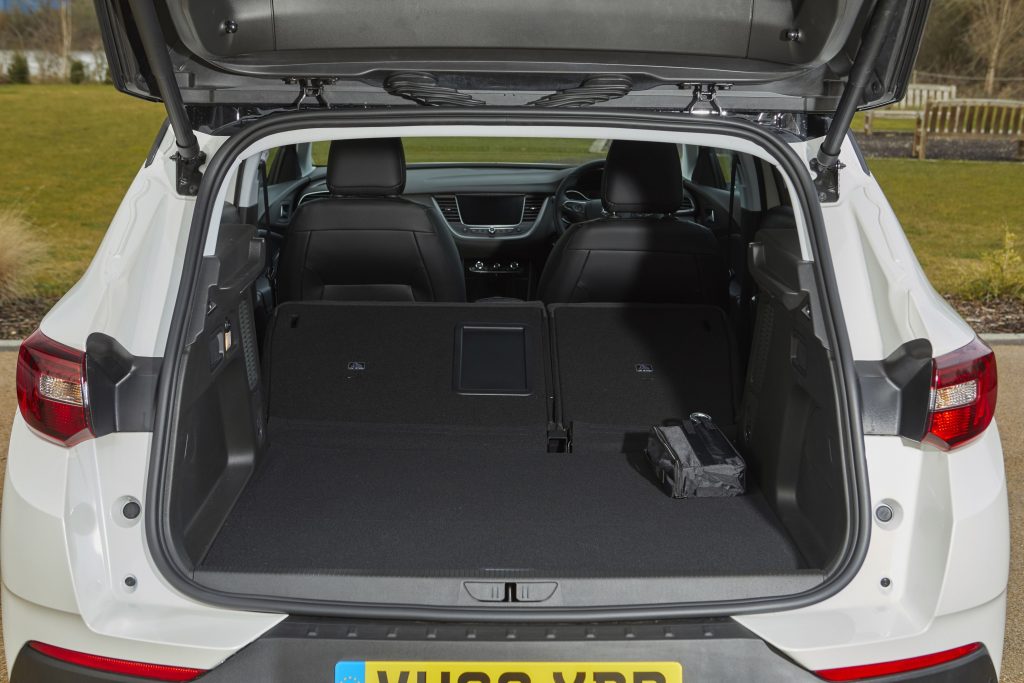
SPECIFICATION
Price: £47,895 (as tested)
Engine: 1.6-lite, 4cyl turbo petrol with two electric motors
Power/torque: 296bhp/384lb ft
Transmission: 8-speed automatic, front-wheel-drive
0-60mph: 5.9 seconds
Top speed: 146mph
Economy/CO2: 204mpg/34g/Km

